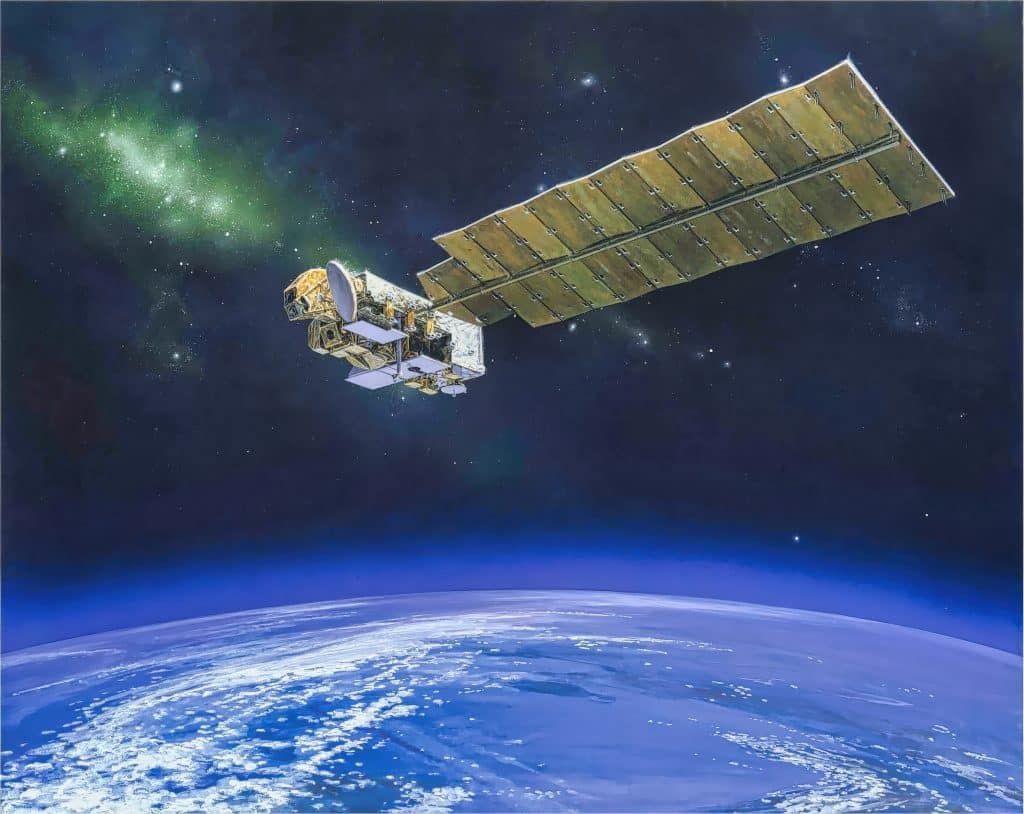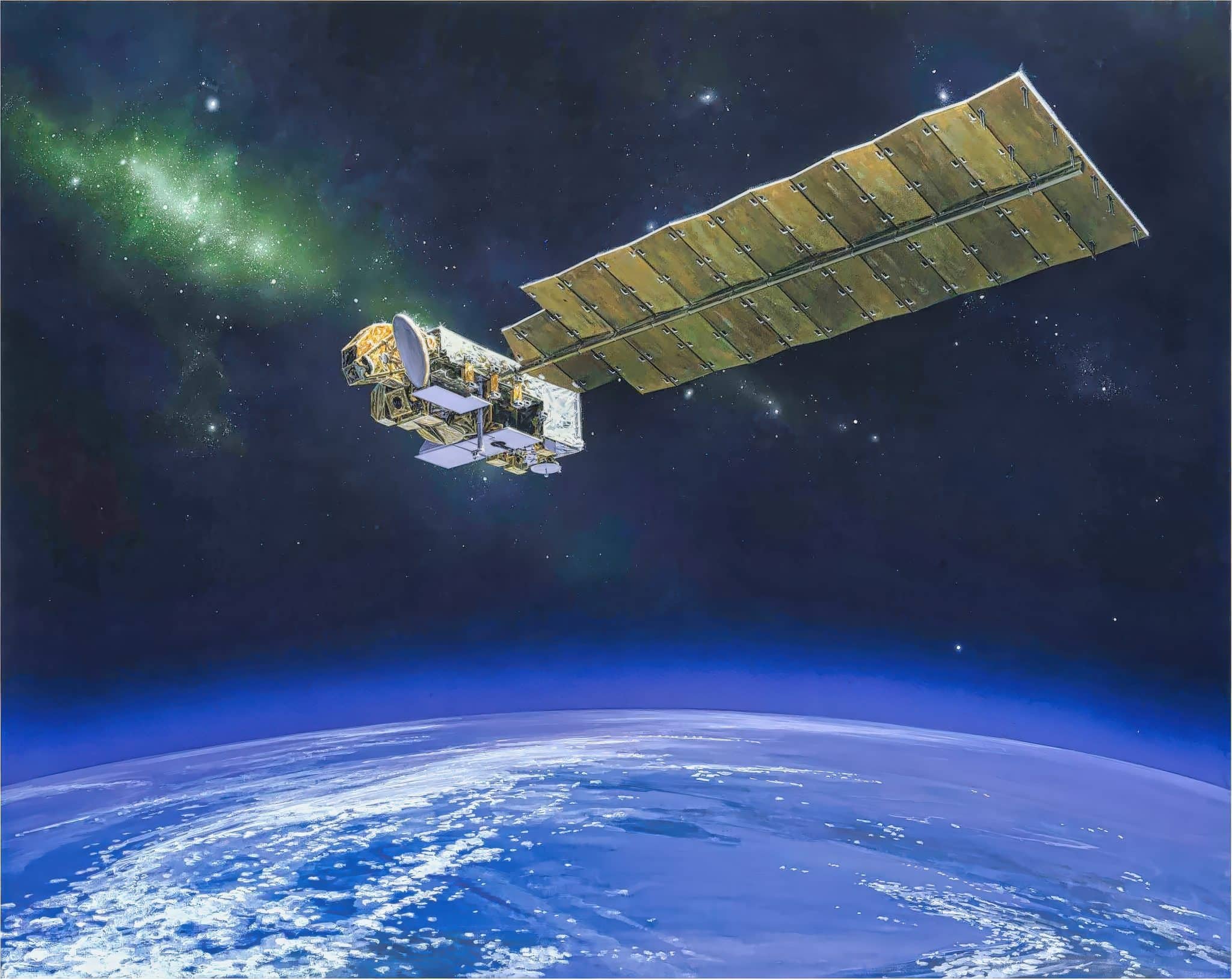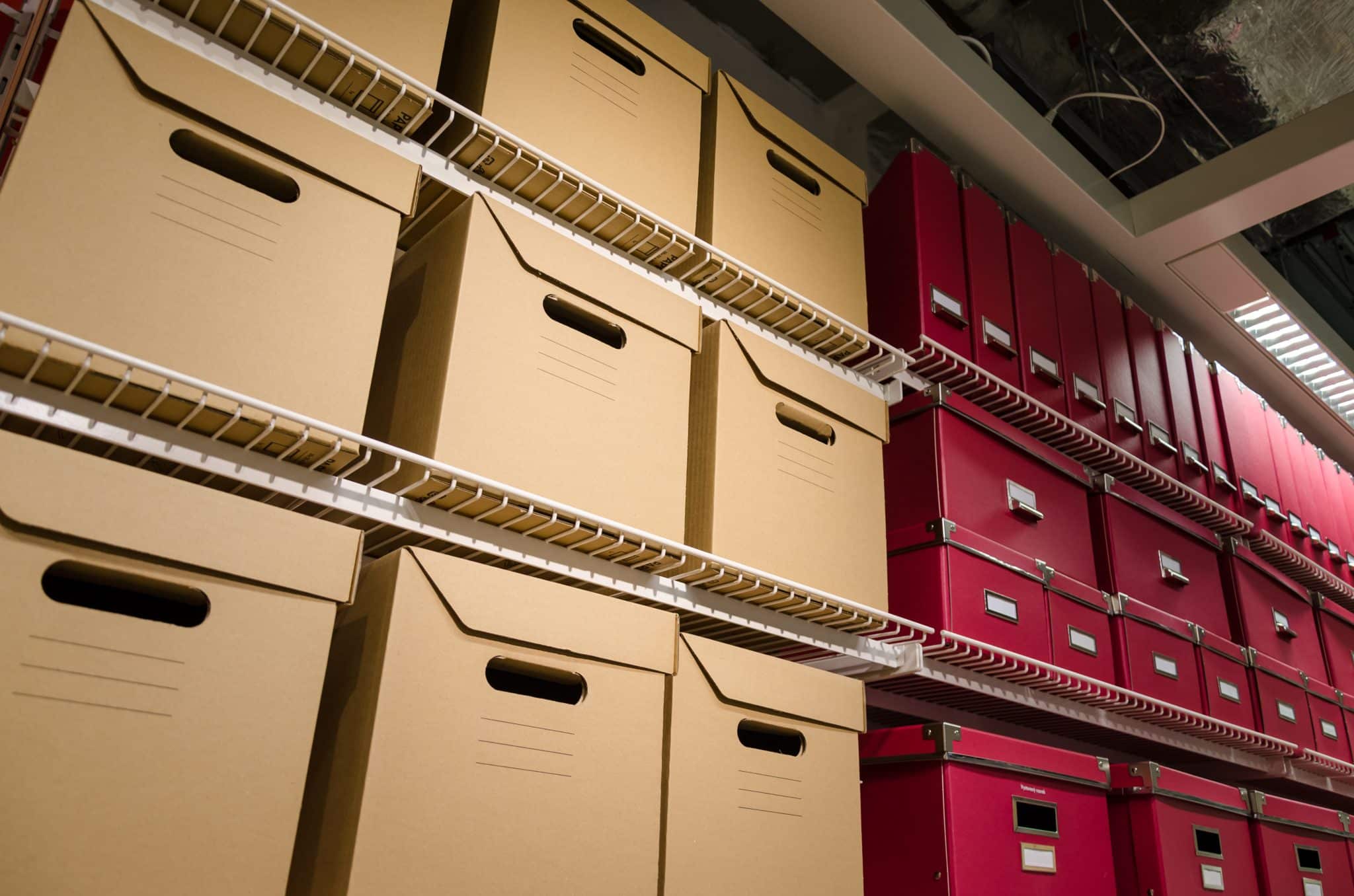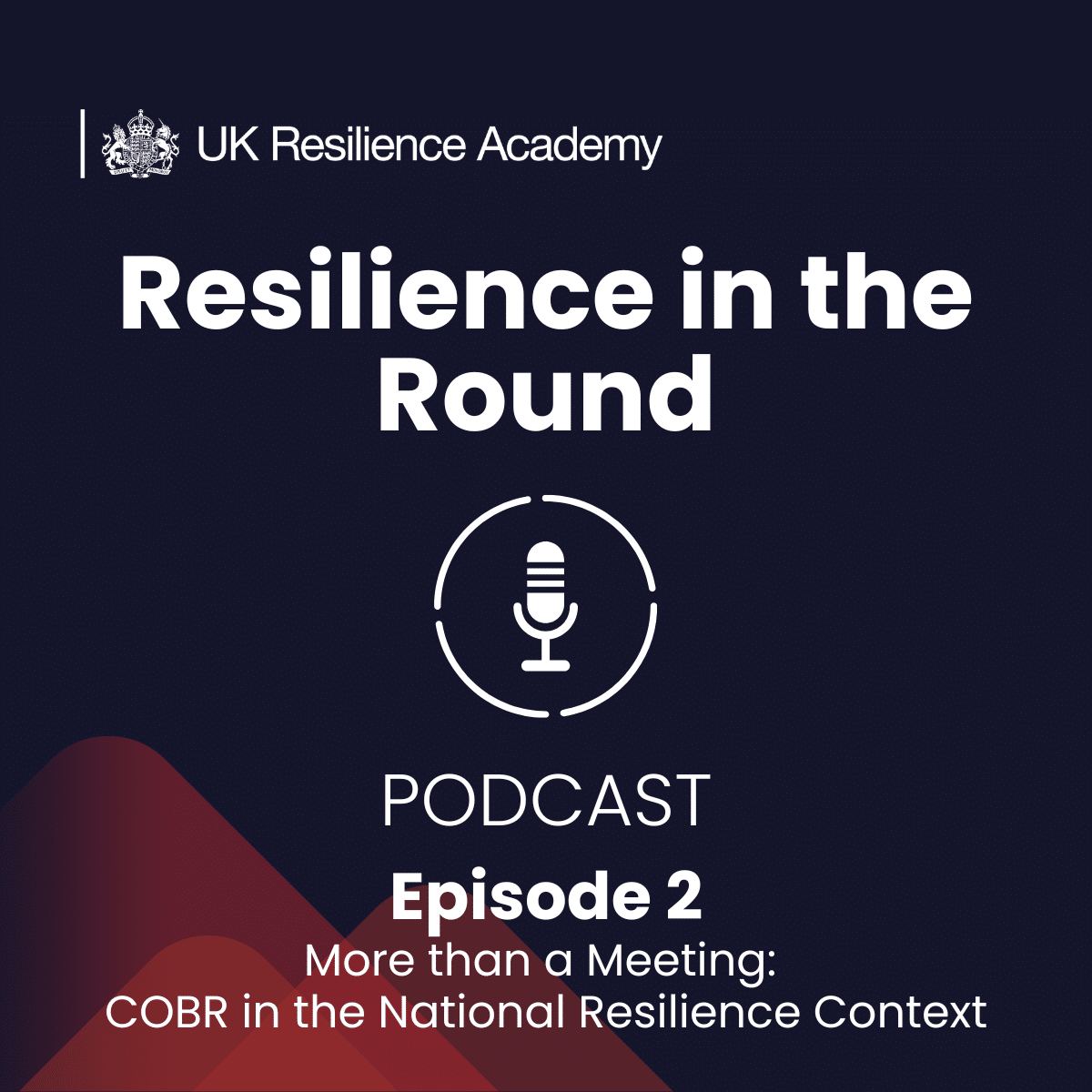On 12 November 2025, scientists at the British Geological Survey (BGS) issued the highest possible alert for a solar event known as a “cannibal storm.” This rare phenomenon occurs when one solar eruption overtakes another, combining their energy before striking Earth. The result can be powerful geomagnetic disturbances capable of disrupting communications, satellite navigation, and even power grids.
The alert was not symbolic. The BGS assigned a rating that warned of potential power blackouts, disruption to Global Positioning System (GPS) services lasting several days, and difficulties for spacecraft attempting to maintain orientation in orbit. It was a sobering reminder that space weather can reach deep into the systems that underpin modern life.
While it may sound distant or purely scientific, this is far from an abstract concern. The warning served as a stark reminder that almost every modern organisation now operates in a space-enabled environment. From transport logistics to financial transactions and emergency services, the satellites orbiting above us have become deeply woven into the fabric of our critical systems. For those working in business continuity and organisational resilience, the challenge is no longer about whether space affects us, but how prepared we are when it does.
The Unseen Foundations of Daily Life
Much of the infrastructure we depend upon relies silently on data from space. Positioning, navigation, and timing services, commonly referred to as Global Navigation Satellite Systems GNSS, are used to guide aircraft, synchronise national power networks, and timestamp digital financial trades. If those signals are interrupted or distorted, the consequences could cascade across sectors in ways that are difficult to anticipate.
Satellite communications provide essential links for ships, aircraft, offshore platforms, and isolated communities. Weather forecasting, environmental monitoring, and emergency response all rely on the steady flow of satellite imagery and data. When this invisible layer is disrupted by intense solar activity or by damage to orbital networks, it can undermine the most basic functions of modern life.
These are not distant or theoretical risks. The solar storm alert in November was a reminder that events originating 93 million miles away can have immediate effects on Earth. For organisations in the United Kingdom, this means recognising that reliance on space is not simply a technological matter. It is an organisational risk that demands the same attention as cyber-attacks, flooding, or loss of power.

Strengthening the National Response
In recent years, the United Kingdom has made significant progress in understanding and mitigating these threats. The Met Office operates a dedicated Space Weather Operations Centre, providing round-the-clock monitoring and forecasts to support government, industry, and critical infrastructure. New modelling systems developed through national programmes now allow forecasters to simulate conditions in the upper atmosphere and predict how solar storms might affect satellite operations and radio communications.
The government’s Position, Navigation and Timing framework also recognises the extent of national dependence on satellite data. It sets out clear expectations for sectors to identify where loss of space-based services would cause the greatest disruption and to plan accordingly. Complementing this is the Severe Space Weather Preparedness Strategy, which encourages organisations to assess their vulnerabilities, prepare contingency arrangements, and rehearse their response to a major solar event.
This growing capability is a step forward, but resilience does not stop with prediction. The real test lies in how organisations translate these alerts into timely and coordinated action.

What Organisations Need to Consider
Every organisation should begin by understanding which of its systems and services rely on satellite data. That might include timing signals used in telecommunications, the navigation of delivery fleets, or remote communications in the energy sector. Once these dependencies are identified, the next step is to determine how operations would continue if those systems were degraded or unavailable.
Clear escalation procedures are also essential. When a space weather warning is issued, it should trigger a defined response that ensures decision makers are informed and prepared. Too often, space risks are treated as outside human control, and therefore not included in regular planning or exercising. In reality, many of the measures that strengthen resilience in other areas such as establishing manual workarounds, maintaining alternative communication routes, or, using terrestrial systems as back-up, apply equally to space-related disruptions.
The final element is collaboration. No organisation operates in isolation, and few own or control the satellites they depend upon. Building resilience therefore means understanding upstream and downstream dependencies, maintaining relationships with service providers, and ensuring that information from national forecasters can flow quickly through operational teams.
The Resilience Imperative
The recent solar storm warning demonstrates that resilience is not confined to what we can see on the ground. The systems above us have become integral to how we live, work, and respond to crises. Yet many continuity plans still overlook these dependencies. The UK now has one of the most advanced monitoring and forecasting capabilities in the world, but the challenge is translating this awareness into practical preparedness within organisations.
 For the UK Resilience Academy, this is an opportunity to expand how we think about risk. Space is not a distant or abstract frontier. It is part of our operational environment, influencing communications, navigation, and data exchange every day. The next step for the resilience community is to bring this awareness into training rooms, planning sessions, and exercises, ensuring that space dependency is understood as part of the wider system of organisational resilience.
For the UK Resilience Academy, this is an opportunity to expand how we think about risk. Space is not a distant or abstract frontier. It is part of our operational environment, influencing communications, navigation, and data exchange every day. The next step for the resilience community is to bring this awareness into training rooms, planning sessions, and exercises, ensuring that space dependency is understood as part of the wider system of organisational resilience.
Resilience as a Shared Endeavour
The Government’s 2025 edition of the National Risk Register provides the clearest view yet of the risks facing the United Kingdom, identifying eighty-nine scenarios that could disrupt lives, critical services, the economy, and society as a whole. Among these is severe space weather, listed as a high-impact, low-frequency event capable of disrupting satellites, Global Navigation Satellite Systems, communications, and power networks. The Register also highlights the potential loss of positioning, navigation, and timing services, as well as the wider risk of cascading infrastructure failures—precisely the types of disruption that recent solar activity has brought into sharp focus.
The UK Government’s Resilience Action Plan builds upon this by setting out a whole-of-society approach to resilience, one that depends on government, industry, communities, and individuals each playing their part. It establishes three central aims: to assess how resilient the nation truly is, to empower all sectors of society to act, and to strengthen the foundations of public-sector preparedness. This shift represents a recognition that resilience cannot be confined within organisational boundaries. When a solar storm or satellite disruption occurs, its effects do not stop at departmental or sectoral lines—they ripple across supply chains, local resilience forums, public services, and communities. Building resilience to these risks therefore means understanding not just how our own systems operate, but how they connect into the wider fabric of national preparedness.
Looking Upward
True resilience demands that we look beyond the immediate and the visible. The storm that began on the surface of the Sun reminds us that the boundaries of our risk landscape have shifted. What happens above the Earth can shape the continuity of our essential services below it.
 For leaders and practitioners alike, the message is simple, resilience in the modern age must extend to the skies. By recognising our reliance on space, preparing for its disruption, and embedding this thinking into every aspect of planning, organisations can ensure they remain steady, connected, and capable, no matter how far-reaching the disturbance.
For leaders and practitioners alike, the message is simple, resilience in the modern age must extend to the skies. By recognising our reliance on space, preparing for its disruption, and embedding this thinking into every aspect of planning, organisations can ensure they remain steady, connected, and capable, no matter how far-reaching the disturbance.
The UK Resilience Academy offers advisory and exercising services which help organisations prepare for the unexpected. If you’d like to discuss a potential course of action, contact our team today.

Article written by Bhavick Valand, Resilience Capability Lead for Organisational Resilience.






